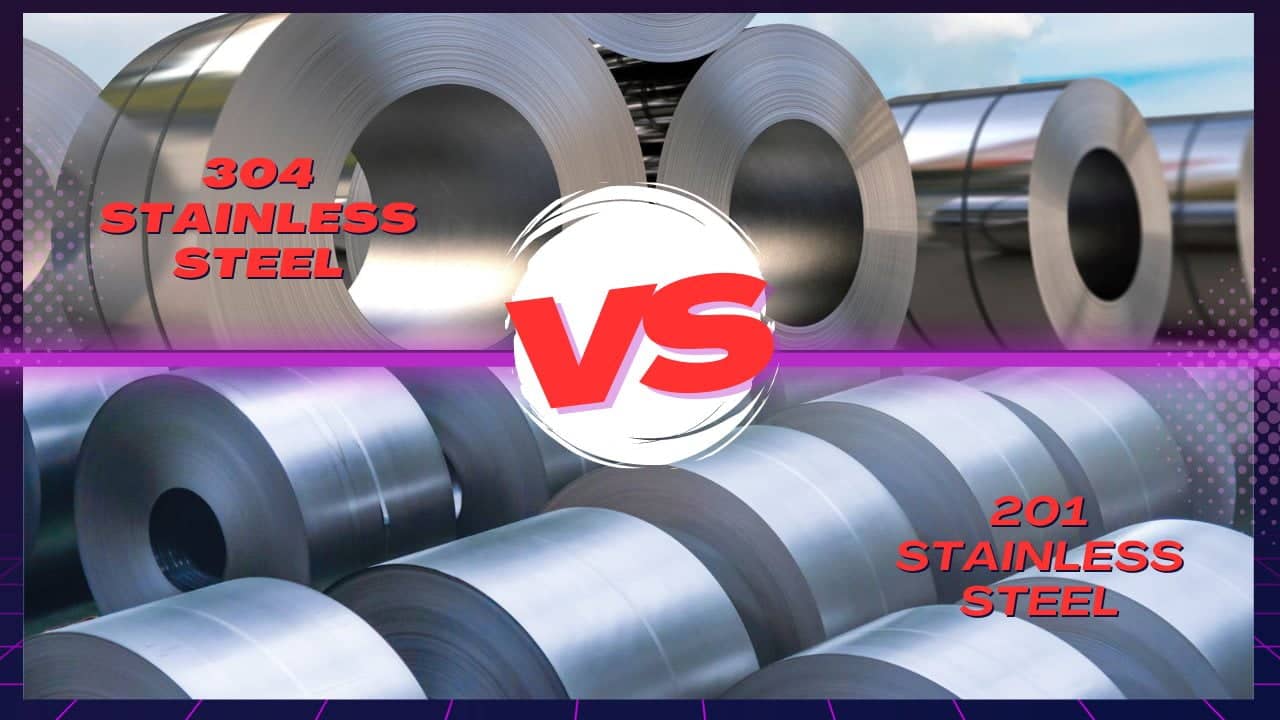Introduction
Stainless steel is a versatile and essential material used across numerous industries due to its impressive resistance to corrosion, strength, and aesthetic appeal. Among the various grades of stainless steel, 304 and 201 are commonly employed, each offering unique properties suited to different applications. Understanding the differences between these two types of stainless steel can help in selecting the right material for specific needs. In this article, we will delve into the composition, performance, applications, and cost considerations of 304 and 201 stainless steel.



